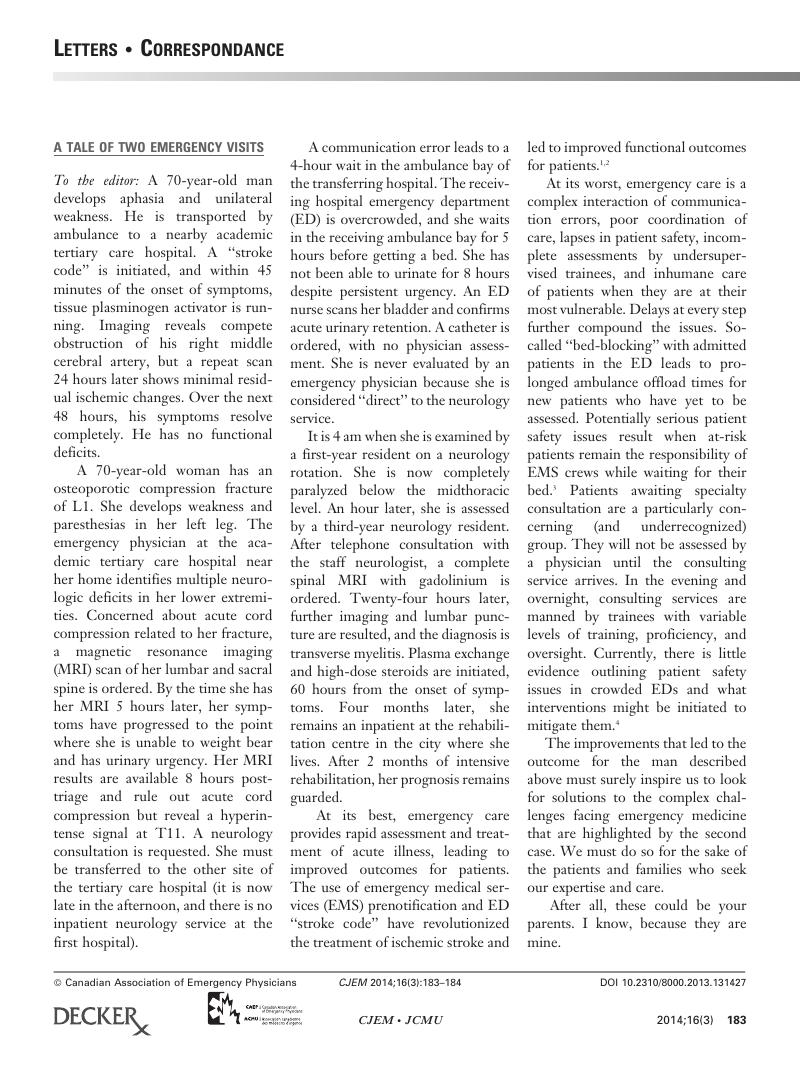2.
Jauch, EC,
Saver, JL,
Adams, HP,
et al,
(AHA Stroke Council, Council on Cardiovascular Nursing, Council on Peripheral Vascular Disease and Council on Clinical Cardiology). Guidelines for the early management of patients with acute ischemic stroke: a guideline for healthcare professionals from the American Heart Association/American Stroke Association.
Stroke
2013;
44:
870–
947, doi:10.1161/STR.0b013e318284056a.
CrossRefGoogle Scholar 